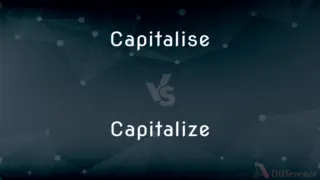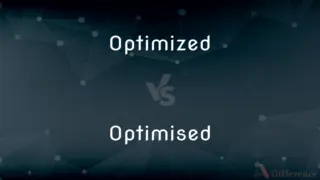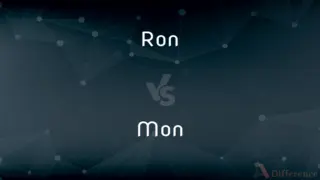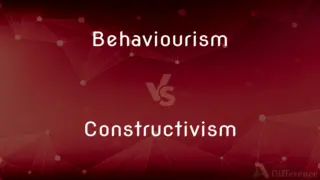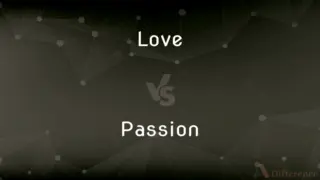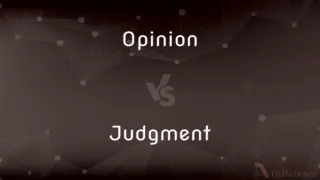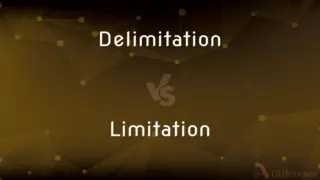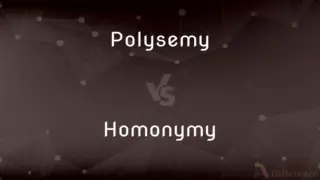Dragoon vs. Cavalry — What's the Difference?
Edited by Tayyaba Rehman — By Maham Liaqat — Updated on April 2, 2024
Dragoons were mounted infantry originally intended to fight on foot, whereas cavalry units were primarily horse-mounted soldiers focused on combat from horseback.
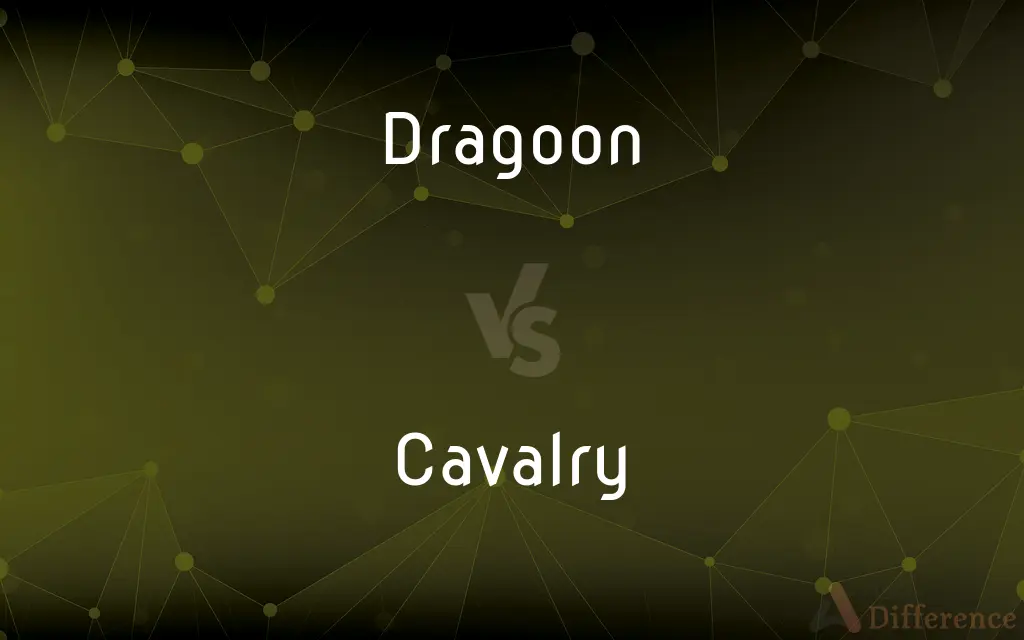
Difference Between Dragoon and Cavalry
Table of Contents
ADVERTISEMENT
Key Differences
Dragoons, initially emerging in the 17th century, were soldiers trained to fight as both infantry and cavalry. The concept behind their formation was to combine the mobility of mounted troops with the fighting capabilities of infantry. They were equipped with muskets or rifles and could dismount to fight on foot, providing a versatile force on the battlefield. Cavalry, on the other hand, has been a fundamental component of armies for centuries, with units specializing in various roles such as heavy, light, and shock cavalry. These soldiers were often armed with swords, lances, or sabers and were trained to charge the enemy directly from horseback.
The tactical role of dragoons evolved over time; they often served as scouts, skirmishers, or in roles where mobility and flexibility were crucial. They were particularly effective in terrain where traditional cavalry charges were impractical, such as wooded or rugged areas. Cavalry units, especially in the era of heavy cavalry, relied on the shock effect of massed, fast-moving horsemen to break enemy lines, with light cavalry performing reconnaissance, raiding, and screening for the main force.
By the 18th and 19th centuries, the distinction between dragoons and other cavalry units began to blur, with dragoons increasingly resembling conventional cavalry in tactics and purpose. This shift was partly due to advances in military technology and changes in warfare tactics. Nonetheless, traditional cavalry roles remained vital until the early 20th century, when mechanization began to replace mounted units in most armies.
The equipment and mounts of dragoons were typically lighter than those of heavy cavalry, allowing for greater speed and endurance but less shock impact in a charge. This difference was crucial in their dual role, as dragoons needed to be agile enough to fight effectively on foot. Conversely, cavalry, particularly heavy cavalry, was equipped with heavier armor and weapons, designed to maximize the impact of a charge against enemy forces.
In contemporary terms, the legacy of dragoons and cavalry can still be seen in modern armored and mechanized units, which have adopted the principles of mobility, flexibility, and shock action. While the era of mounted warfare has passed, the strategic concepts and roles pioneered by these units continue to influence military tactics and organization.
ADVERTISEMENT
Comparison Chart
Primary Role
Mounted infantry, fighting primarily on foot
Mounted soldiers, fighting from horseback
Origin
17th century
Ancient, evolving over centuries
Tactical Use
Scouts, skirmishers, versatile roles
Shock troops, reconnaissance, screening
Evolution
Became more like conventional cavalry over time
Remained focused on mounted combat
Equipment
Lighter armor and weapons, muskets or rifles
Varies from light to heavy armor, swords, lances
Mobility and Terrain
Versatile in varied terrains
Best in open terrains for charges
Modern Legacy
Influenced mechanized and armored units
Legacy seen in armored cavalry and mechanized forces
Compare with Definitions
Dragoon
Equipment suited for dual roles.
Their lighter equipment allowed for effective combat both on horseback and on foot.
Cavalry
Horse-mounted soldiers specialized in combat.
The cavalry charged at the signal, breaking through enemy lines.
Dragoon
Originated in the 17th century.
The concept of dragoons was to maximize the versatility of mounted forces.
Cavalry
Played a crucial role in historical battles.
Heavy cavalry were often the decisive force in medieval battles.
Dragoon
Served versatile battlefield roles.
Dragoons often acted as the army's advanced scouts.
Cavalry
Equipped with swords, lances, or sabers.
The light cavalry were armed with sabers for quick, agile attacks.
Dragoon
Soldiers trained as both infantry and cavalry.
Dragoons dismounted to fight in the dense forest.
Cavalry
Specialized in shock attacks and reconnaissance.
The cavalry's swift movements were key to the army's reconnaissance efforts.
Dragoon
Became more like conventional cavalry over time.
By the 19th century, dragoons were often indistinguishable from other cavalry units.
Cavalry
Influenced modern armored units.
Today's armored units embody the cavalry's principles of mobility and shock action.
Dragoon
Dragoons originally were a class of mounted infantry, who used horses for mobility, but dismounted to fight on foot. From the early 17th century onward, dragoons were increasingly also employed as conventional cavalry and trained for combat with swords and firearms from horseback.
Cavalry
Historically, cavalry (from the French word cavalerie, itself derived from "cheval" meaning "horse") are soldiers or warriors who fight mounted on horseback. Cavalry were the most mobile of the combat arms, operating as light cavalry in the roles of reconnaissance, screening, and skirmishing in many armies, or as heavy cavalry for decisive shock attacks in other armies.
Dragoon
A member of any of several cavalry regiments in the British army.
Cavalry
(in the past) soldiers who fought on horseback
The cavalry charged up the hill
The army numbered around 100,000 cavalry
Dragoon
Coerce (someone) into doing something
She had been dragooned into helping with the housework
Cavalry
Troops trained to fight on horseback.
Dragoon
A member of a European military unit trained and armed to fight mounted or on foot.
Cavalry
A highly mobile army unit using vehicular transport, such as light armor and helicopters.
Dragoon
To subjugate or persecute by the imposition of troops.
Cavalry
The military arm of service that fights while riding horses.
Dragoon
To compel by violent measures or threats; coerce.
Cavalry
An individual unit of the cavalry arm of service.
Dragoon
(military) A horse soldier; a cavalryman, who uses a horse for mobility, but fights dismounted.
Cavalry
The branch of the military transported by fast light vehicles, also known as mechanized cavalry.
Dragoon
A carrier of a dragon musket.
Cavalry
(figurative) Source of rescue, especially in an emergency.
Call in the cavalry
Dragoon
A variety of pigeon.
Cavalry
That part of military force which serves on horseback.
Dragoon
(transitive) To force (someone) into doing something; to coerce.
Cavalry
Troops trained to fight on horseback;
500 horse led the attack
Dragoon
(transitive) To surrender (a person) to the fury of soldiers.
Cavalry
A highly mobile army unit
Dragoon
Formerly, a soldier who was taught and armed to serve either on horseback or on foot; now, a mounted soldier; a cavalry man.
Dragoon
A variety of pigeon.
Dragoon
To harass or reduce to subjection by dragoons; to persecute by abandoning a place to the rage of soldiers.
Dragoon
To compel submission by violent measures; to harass; to persecute.
The colonies may be influenced to anything, but they can be dragooned to nothing.
Lewis the Fourteenth is justly censured for trying to dragoon his subjects to heaven.
Dragoon
A member of a European military unit formerly composed of heavily armed cavalrymen
Dragoon
Compel by coercion, threats, or crude means;
They sandbagged him to make dinner for everyone
Dragoon
Subjugate by imposing troops
Common Curiosities
Why were dragoons created?
Dragoons were created to combine the mobility of cavalry with the fighting capability of infantry, offering strategic versatility.
How did the role of cavalry change over time?
While maintaining their mounted combat role, cavalry units evolved to include a variety of functions such as heavy, light, and shock cavalry, adapting to changes in warfare tactics and technology.
What happened to cavalry and dragoons in modern armies?
With the advent of mechanization in the 20th century, traditional mounted cavalry and dragoons evolved into armored and mechanized units, adopting modern warfare's principles of mobility and flexibility.
What led to the decline of mounted warfare?
The decline of mounted warfare was primarily due to advancements in firepower, mechanization, and changes in military tactics that reduced the effectiveness of horse-mounted units.
Were dragoons equipped differently than other cavalry units?
Yes, dragoons were typically equipped with lighter armor and weapons to facilitate their dual role, contrasting with the heavier equipment of traditional cavalry, especially heavy cavalry units.
Do modern military units have any similarities to dragoons or cavalry?
Modern armored and mechanized units embody the principles of mobility, shock action, and versatility, drawing a direct lineage from the tactical roles once filled by dragoons and cavalry.
What distinguishes dragoons from traditional cavalry?
Dragoons were mounted infantry intended to fight on foot, whereas traditional cavalry engaged in combat primarily from horseback.
Can dragoons be considered a type of cavalry?
Yes, dragoons are a type of cavalry with the unique role of being able to fight as mounted infantry.
How effective were cavalry charges in historical battles?
Cavalry charges were often decisive, using shock and speed to break enemy lines and cause disarray, though their effectiveness varied depending on terrain, enemy preparedness, and technological advancements.
Did all nations use dragoons and cavalry in the same way?
While the basic concepts were similar, different nations adapted the roles and tactics of dragoons and cavalry to suit their specific military doctrines and battlefield requirements.
Share Your Discovery
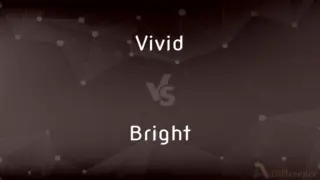
Previous Comparison
Vivid vs. Bright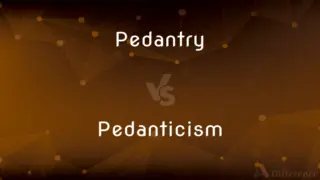
Next Comparison
Pedantry vs. PedanticismAuthor Spotlight
Written by
Maham LiaqatEdited by
Tayyaba RehmanTayyaba Rehman is a distinguished writer, currently serving as a primary contributor to askdifference.com. As a researcher in semantics and etymology, Tayyaba's passion for the complexity of languages and their distinctions has found a perfect home on the platform. Tayyaba delves into the intricacies of language, distinguishing between commonly confused words and phrases, thereby providing clarity for readers worldwide.















